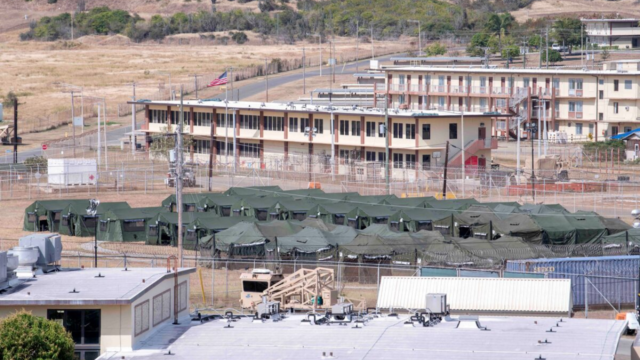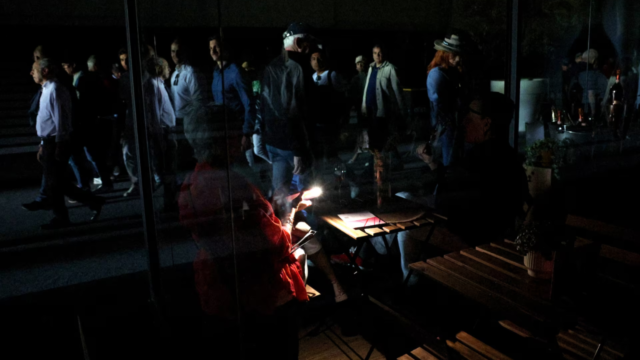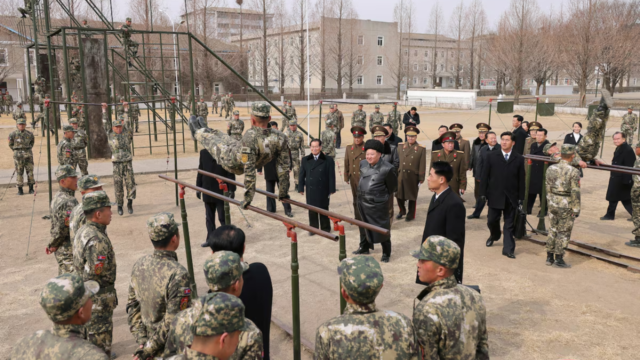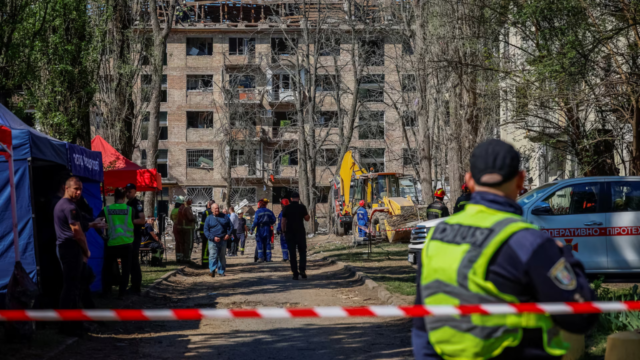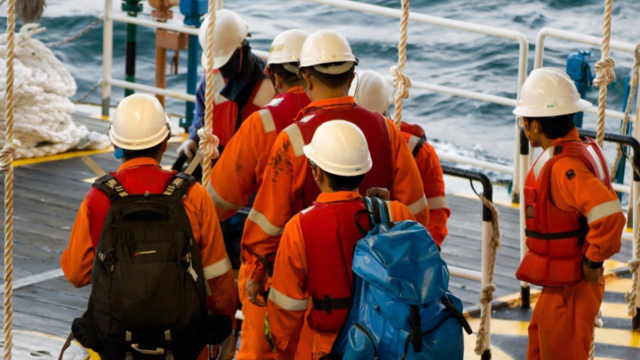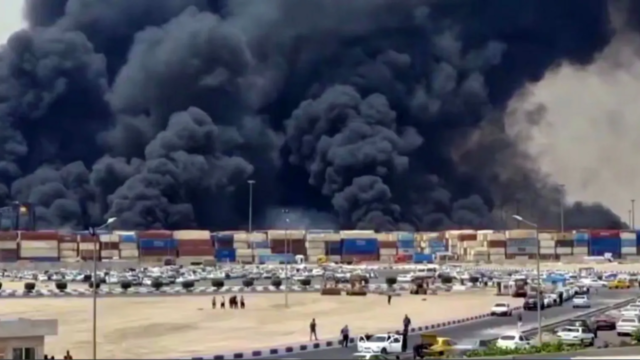
[Source: BBC]
It is time to stop talking about the risk that the war in Gaza will spread elsewhere in the Middle East. It has already happened.
Hopes for containing what is happening rest on the fact that it is still relatively low-level, compared to the worst-case scenarios of regional war.
The US and British attacks on the Houthis in Yemen are not just, as ministers in London have suggested, about the freedom of navigation and world trade.
They are directly linked to events in Gaza and represent an escalation of the crisis that is gripping the region.
The Houthis immediately vowed to respond. It is also entirely possible that pro-Iranian militias in Iraq and Syria will increase the action they are taking against the American forces in the region.
If that theatre heats up more, and US forces retaliate, it will be harder for the American diplomacy effort to avert all-out war between Israel and Hezbollah, the Lebanese militia and political movement backed by Iran.
The Houthis are also part of the network of allies and proxies, the so-called axis of resistance, that Iran has constructed to give it forward defence against its enemies.
They are getting increasingly sophisticated weapons from Iran, but it is best to think of them as allies rather than Tehran’s proxy.
I have spent quite a bit of time with the Houthis in Yemen and they are people who are highly independently minded. They will relish conflict with the Americans. They want to be part of this war.
What has been happening suits both the Houthis and the Islamic Republic of Iran?
Iran has beefed up their capabilities and the kind of firepower that the Houthis have at their disposal. That includes anti-ship missiles, ballistic missiles they have fired at Israel as well as attack drones – the same sort that Iran supplies to Russia to use against Ukraine. They are well-armed.
It is nothing like the naval capacity that they are facing from the US, UK and other members of the coalition the Americans have assembled in the Red Sea. But the threat the Houthis pose is less about the physical damage they might cause and more about the danger to international navigation.
In December, they hijacked a ship and forced it into one of their ports. They have also fired directly at ships and caused some damage, although they have not sunk any vessels.
The Houthis have controlled Sanaa, Yemen’s capital, and big parts of the country including the Red Sea coast since 2014. In 2015, Saudi Arabia led a coalition, also including the United Arab Emirates, that went to war to try to overthrow them.
The Saudis said the intervention in Yemen’s civil war was to re-establish the country’s legitimate and internationally recognised government, which the Houthis had overthrown.
But a few days after the intervention started, I spoke to very senior Saudis who told me it was to stop Iran from operating in their backyard. Yemen has a frontier with Saudi Arabia.
The Houthis were then bombed by the Saudis from 2015 until the ceasefire came in over a year ago, so a fresh round of strikes is unlikely to intimidate them – they are used to it.
I don’t think one single round of air strikes is going to do more than make them think yes, we are on the right track. They want to be seen as a fearless resistance to America and its Western allies, who also back Israel.
The Houthis have said that they are carrying out these attacks in the Red Sea because of the war in Gaza, the killing of civilians and the severe privations Israel has imposed by blocking all but a fraction of the food and relief supplies that they need to survive.
They have said that if the war in Gaza ended and if supplies were permitted to enter, then they wouldn’t be threatening a major international shipping lane.
Some critics of the American and British support for Israel say that an immediate ceasefire in Gaza would be a much better way to stop the Houthi attacks than bombing them. If Houthi attacks continued after a ceasefire, the argument is that air strikes against them would have increased legitimacy.
They will want to carry out more attacks, to show that they are defiant and unbeaten.
The US and UK attacks hit many different locations. While it is not possible to know the Houthis’ precise military capacity, it seems unlikely that one round of strikes will have taken it out.
Regular bombardment by the Saudis since 2015 did not appear to have had a significant impact on their capacity. Yemen is a mountainous country. Given their experience of being bombed it is likely they will have tried to hide things away. Iran presumably has sent advisers and trainers to Yemen to help them operate the weapons they have supplied, and they too will have thought about ways of surviving attacks.
We can gauge the way that Iran has upgraded the Houthi arsenal by looking at the kind of weapons they are firing out of Yemen. They are more sophisticated, more lethal and therefore more of a threat.
When the Houthis took over a merchant ship last month, video of their attack showed well-trained commandoes landing from a helicopter. They are more formidable than the images we often see on TV, of groups of raggedly dressed men waving Kalashnikovs.
Compared to the force the US and UK can wield there is no comparison, but that isn’t the point in this kind of warfare.
If the Houthis, who have supporters across the region, are able to continue to threaten and fire on ships in some way then they will signal to their followers that they are not bowed by the West.
More retaliation from the US and its allies is certain if the Houthis do not do as they are told.
Stream the best of Fiji on VITI+. Anytime. Anywhere.














